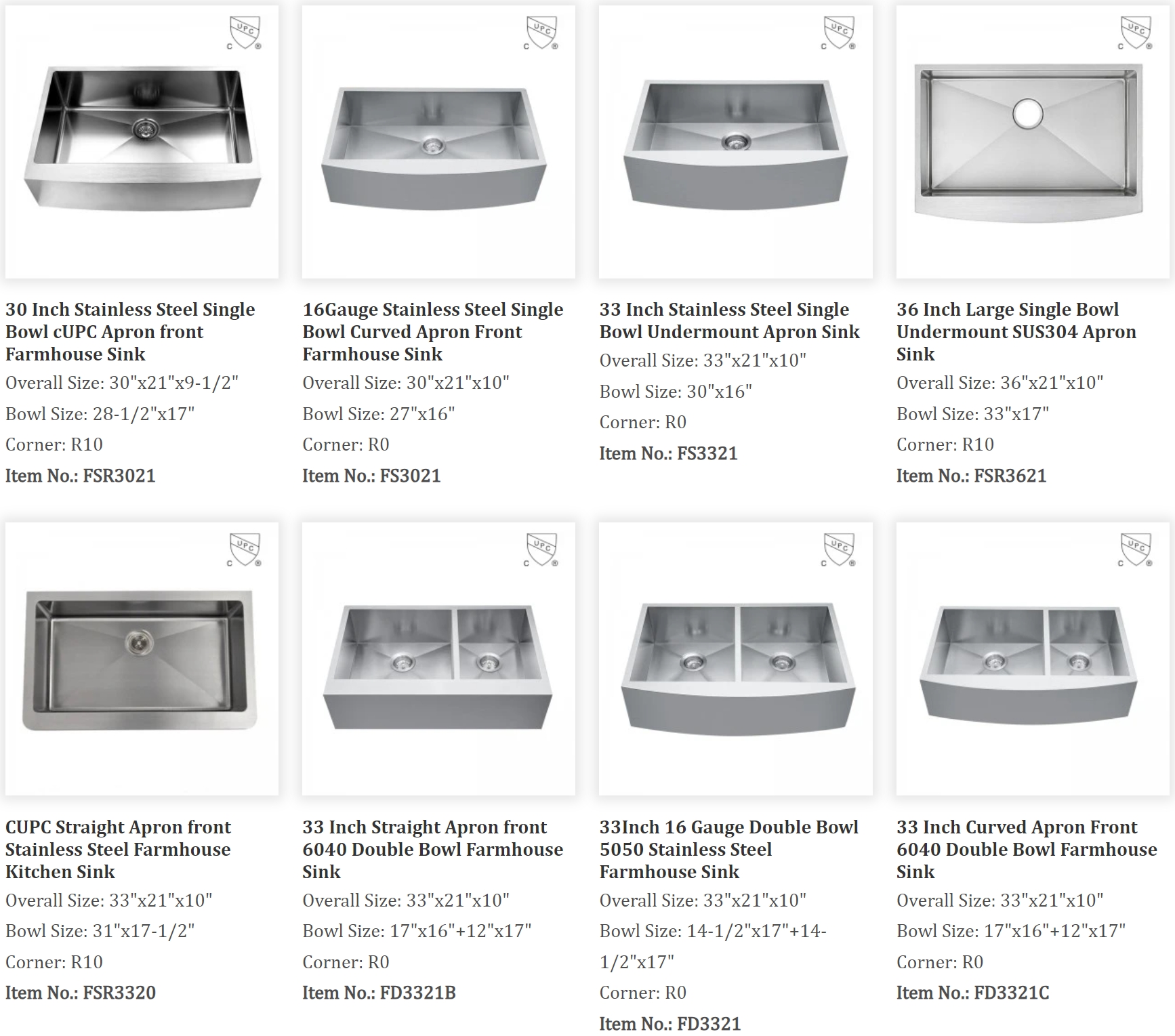When specifying stainless steel for sinks in commercial kitchens, hotels, or high-end residential projects, understanding the differences between 304 and 316 stainless steel is critical. These two grades vary in their composition, corrosion resistance, and suitability for different environments. This article breaks down their technical distinctions and helps procurement professionals make informed decisions. Composition Differences | Corrosion Resistance | Mechanical Properties | Cost and Applications | Conclusion
Composition Differences
Both 304 and 316 stainless steel belong to the austenitic family, known for their excellent formability and corrosion resistance. The key difference lies in the addition of molybdenum in 316. While 304 stainless steel consists of approximately 18% chromium and 8% nickel, 316 includes 16% chromium, 10% nickel, and 2% molybdenum. This added molybdenum enhances resistance to certain corrosive environments, particularly chlorides and saline conditions.
Sinks like the Aangepaste Vlekvrye Staal Wasbak range from madesink.com are typically produced with SUS 304, which offers an ideal balance of durability and affordability for most indoor applications.
Corrosion Resistance in Different Environments
316 stainless steel is particularly suited for environments exposed to harsh chemicals or saltwater, such as coastal facilities, laboratories, and food processing plants handling saline solutions. Its molybdenum content significantly improves pitting resistance. In contrast, 304 stainless steel performs exceptionally well in standard kitchen and bathroom environments, offering robust corrosion resistance against fresh water and most food acids.
For example, models like TGR-FS3021 and TGR-DR3219, crafted from 3+1.2 mm SUS 304, provide reliable durability and aesthetic appeal without the cost premium associated with 316. The brushed or nano-coated finishes further enhance protection against daily wear and oxidation.
Mechanical Properties and Strength
Both grades have comparable mechanical properties, including tensile and yield strengths, making them suitable for forming and welding processes used in sink fabrication. However, the slightly higher nickel content in 316 allows for improved toughness, especially at elevated temperatures. Despite this, 304 stainless steel remains the standard choice for general sink applications due to its ease of processing and cost-effectiveness.
Sink models like the WWF8046 Black waterfall sink adopt SUS 304 with advanced surface treatments to ensure sufficient hardness and scratch resistance in high-traffic usage scenarios.
Cost and Practical Applications
The inclusion of molybdenum in 316 significantly raises its price, often by 20–30% compared to 304. While 316 is indispensable for marine or extreme chemical settings, it is typically unnecessary for standard kitchen or hospitality applications. Instead, SUS 304 provides excellent lifecycle value, offering long-term resistance to corrosion and mechanical damage at a more accessible price point.
Commercial buyers, such as those sourcing Pasgemaakte kommersiële wasbakke, generally prefer SUS 304 for its reliability and favorable balance of cost and performance, ensuring a strong return on investment.
Conclusion: Choose Based on Environment and Budget
In summary, 304 stainless steel is the optimal choice for most sink applications, providing robust corrosion resistance, mechanical integrity, and cost efficiency. 316 stainless steel, while superior in extreme corrosive environments, is often unnecessary for indoor kitchen and bathroom use. Evaluating the specific operational conditions and budget constraints will guide you toward the most suitable material choice.
For further customization, explore our range of Custom Sink Accessories to complement your selected sink solution.








